In the first couple years of playing, I’m satisfied if my private students learn to play all the notes through the full range of the flute, know how to tongue and slur, and play with good tone and correct rhythm. There comes a time in the student’s musical development when they have to get past blowing just on the notes. Above and beyond moving sufficient air through the instrument, it is an essential skill to learn how to blow through the intervals rather than just on the individual notes. This seems to be a really big hurdle for young players just learning to blow with sufficient air speed. You can hear them letting up on each note before playing the next.
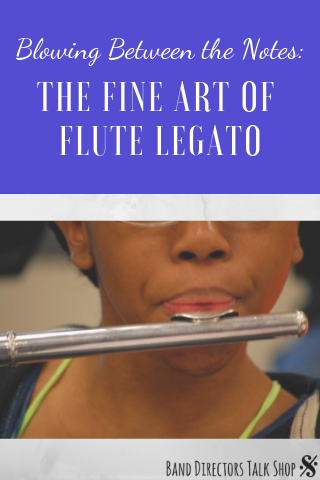
Here are some general observations about practicing a seamless legato:
- It is easiest to connect adjacent notes, i.e. whole and half steps. The bigger the interval, the stronger the abdominal push to connect the notes.
- Upward intervals are generally easier to connect than downward intervals. This has to do with the change in air speed in different octaves. It takes a little extra push to go to a higher note. To go down, you have to let up a bit while maintaining the energy of the blowing.
- Students need to learn to maintain the speed of the air while changing fingers.
- Think of note groups being like a physical gesture, continuous and fluid, like a dancer or a figure skater.
One of the most important exercises in my teaching toolbox is playing octaves through as much of the range of the flute as the student knows.
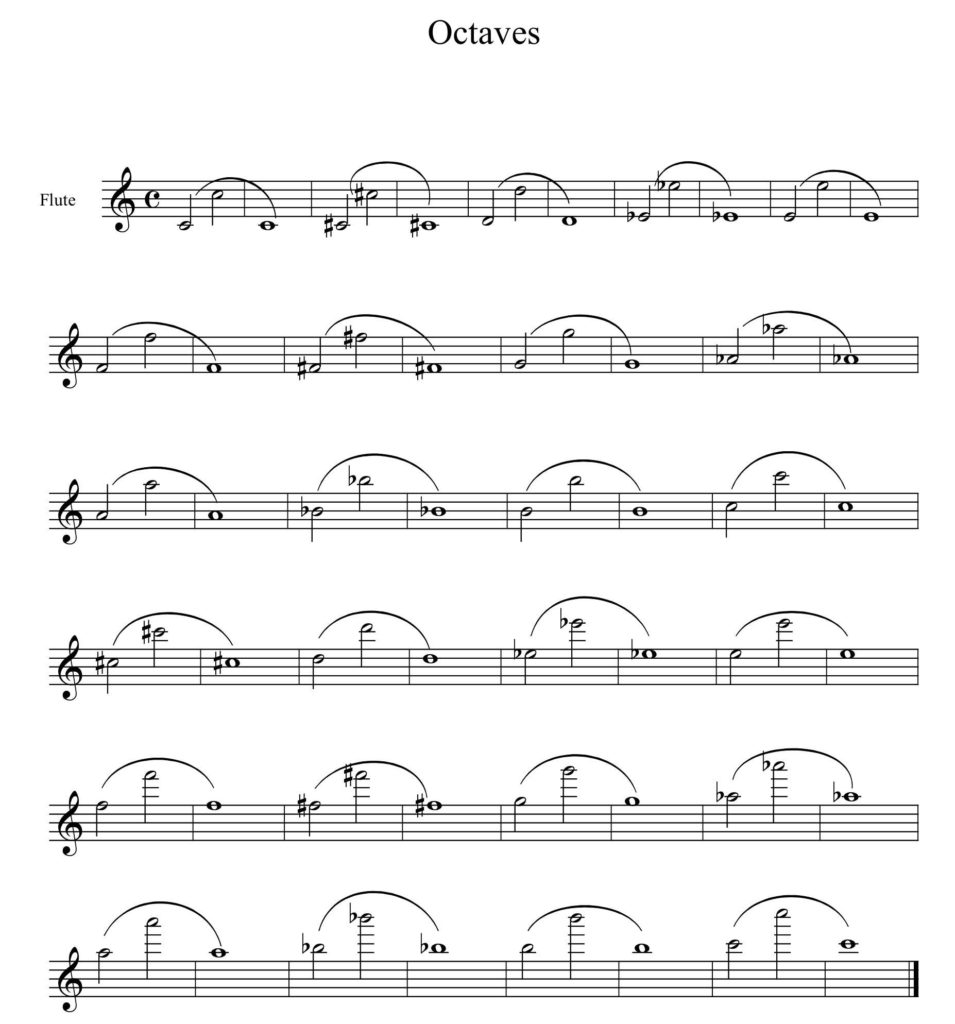
As soon as we broach the topic of low and high notes using the same fingering, I introduce the octave exercise, usually within the first month of starting to play. We expand it as the student learns more notes. We start out by tonguing all the notes, but then progress to slurring up and down when the students gain enough breath control to blow continuously through three notes.
I also model the exercise out with them by playing each octave first and having the student play it back to me. The great thing about doing it this way is the student learns to blow through intervals almost unconsciously. It just becomes how they naturally play. Think about the types of exercises that exist for other instruments and adapt them to teach students to blow through the intervals (i.e. lip slurs, Remington warm-ups, harmonics). These can be done in a group or one-on-one.
If students start doing octaves early on in their development, it isn’t necessary to spend a lot of additional time helping them transition to playing in a more legato style. As they mature, the types of exercises change, but they are already well poised to understand that the air moves between the notes and not just on them. By the time kids are in high school, they are ready for Moyse style long tones because they are already in the habit of listening to and evaluating their tone. This type of long tone exercise also translates well to other wind instruments. By playing half steps slowly, it is possible to really focus in on the connection between the notes, as well as issues of the blowing angle, quality and focus of the tone, size and shape of the blowing aperture, along with the smoothness of the fingering combinations.
Many bands use chorales to warm up on. These can be excellent for teaching phrasing and blowing through a line. You can also use popular melodies as you find in the play-along anthologies available from popular movies. There is a long precedent for adapting a melody that inspires you in order to work on expression, blowing through intervals, tuning, tone color and other facets of interpretation. The 20th century flutist, Marcel Moyse, wrote an entire compilation of his favorite melodies (Tone Development Through Interpretation) from opera arias, flute repertoire, string and piano repertoire to explore all aspects of his playing. He used these melodies in his woodwind seminars with not only flutists, but every other wind instrument.
Some examples of good contemporary melodies to practice blowing through the line and through intervals include the Titanic love theme, Hedwig’s theme from Harry Potter, Over the Rainbow, Let it Go from Frozen, Princess Leia’s theme from Star Wars. Any melody that has long lines, sweeping intervals and has an strong emotional appeal makes a good choice for working on legato blowing. You can, of course, also use melodies from band literature that emphasizes legato style, tone quality and an expansive line.
To make a legato exercise from a melody, take one or two phrases. Play it in the written key. Then modulate either up or down a half step and play the phrase again in the new key. Modulate again in the same direction and play it in that key, and so on. The response of the instrument changes as you move through the different keys. The student learns to be consistent in their blowing and legato regardless of the key or interval. It’s important to keep the phrase short in order to have an easy basis for comparison from one key to the next. Once you have created an expression exercise on one melody that speaks to you, it is easy to find other tunes that can likewise be adapted in the same way.
© Dr. Cate Hummel 2016. Unauthorized use and/or duplication of this material without express and written permission from this author is strictly prohibited. Excerpts and links may be used, provided that full and clear credit is given to Dr. Cate Hummel with appropriate and specific direction to the original content.
Dr. Cate Hummel is a flute performer, scholar and teacher based in the Chicago area. She presents and performs around the US and internationally at music conferences, clinics and conventions. She is passionate about helping kids play the flute well and helping school music directors understand how to teach the flute more effectively to their students. Originally from the East Coast, Dr. Cate has a DMA and MM from the Manhattan School of Music and a BM from the Philadelphia College of Performing Arts (later the University of the Arts). She’s been in the Chicago area for more than twenty years, where she has a large and successful private studio, teaches private lessons in public schools and has taught at several colleges as an adjunct professor of flute. Currently, she is Adjunct Professor of Flute at the University of St. Francis in Joliet, IL. You can view extensive articles about flute pedagogy and contact Dr. Cate through her popular website Dr. Cate‘s Flute Tips, drcatesflutetips.wordpress.com
Related Reading:
Learning to Play the Flute in Tune (2 part series)
Flute Embouchure: Simple Steps for Great Success!
A Note Before a Rest… (Quick Tip)
If you would like to receive our weekly newsletter, sign up here.
Don’t forget to like us on Facebook too!
Learn. Share. Inspire.
BandDirectorsTalkShop.com
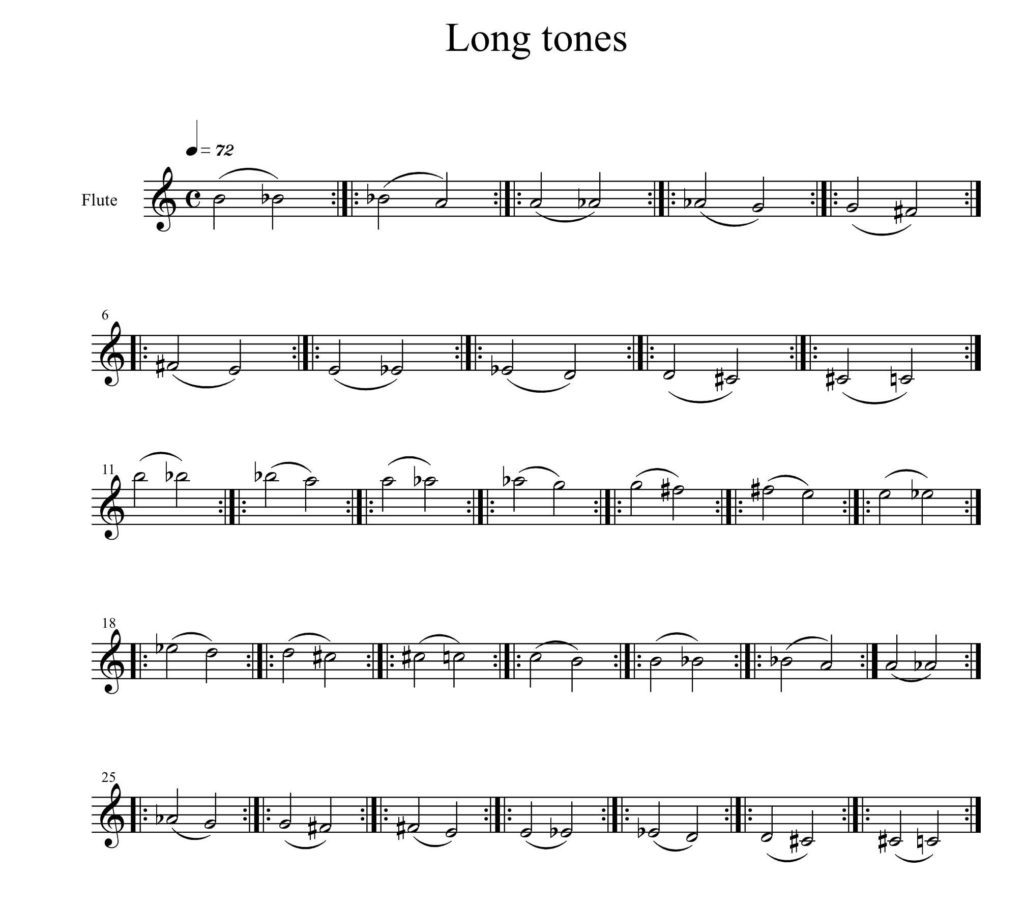


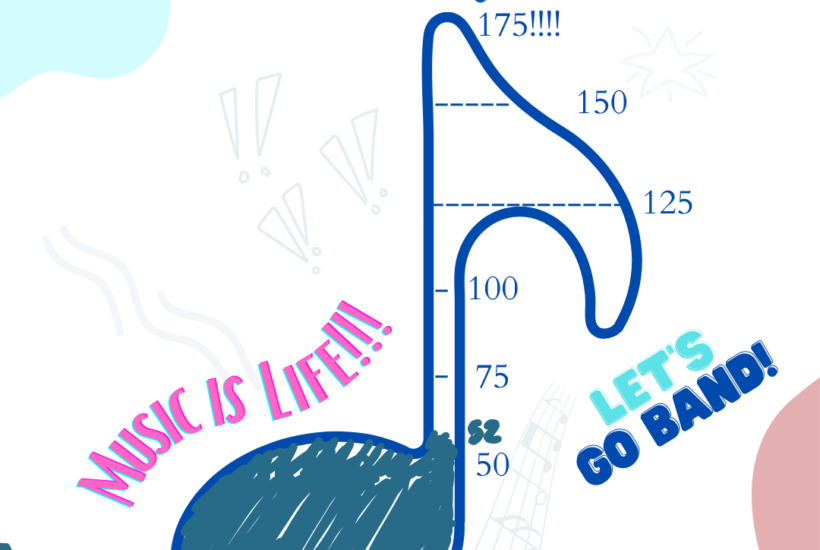
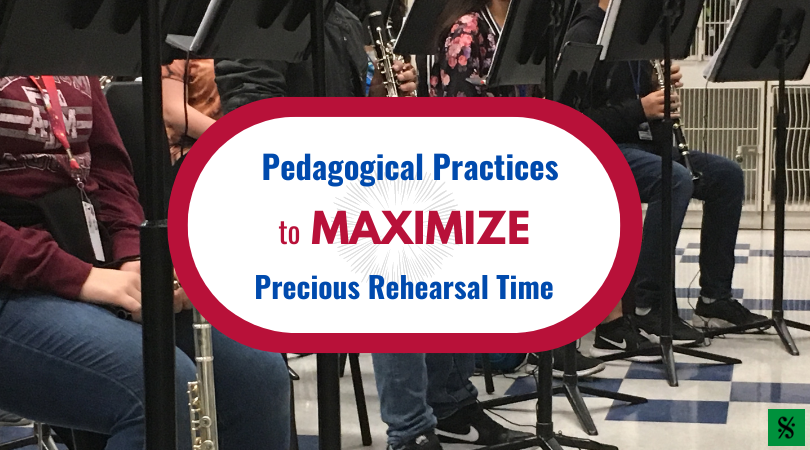

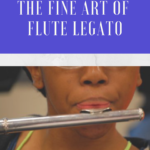
Leave a Reply
You must be logged in to post a comment.